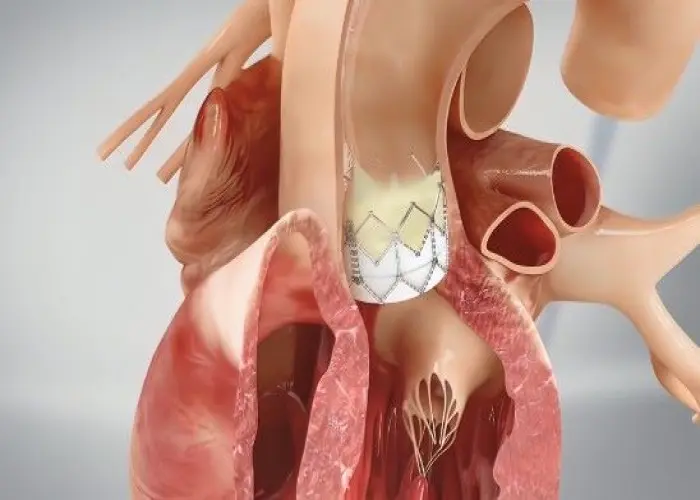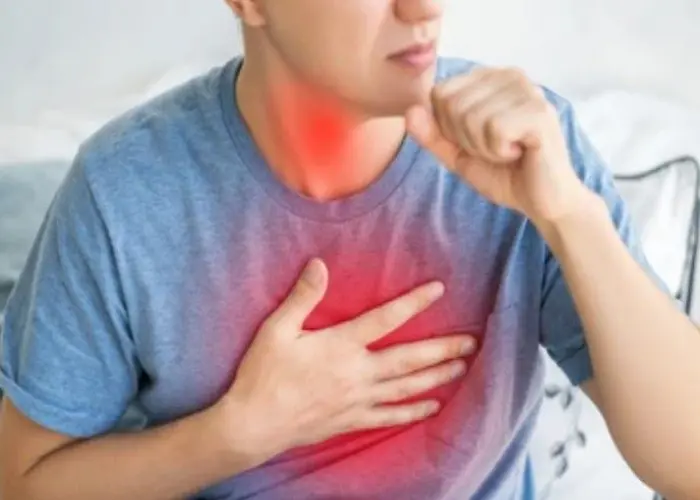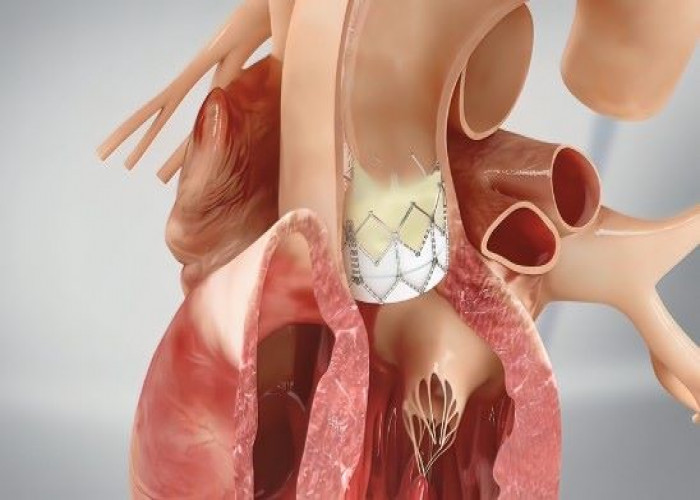 Welcome
Welcome
“May all be happy, may all be healed, may all be at peace and may no one ever suffer."
Heart valve disease

Heart valve disease is a condition in which one or more of the valves in the heart is damaged or not functioning properly. The heart has four valves, which control the flow of blood through the heart and body. These valves can become damaged or diseased, leading to a range of symptoms and complications.
Heart valve disease can be caused by a variety of factors, including congenital defects, infections such as endocarditis, or age-related degeneration. The most common types of heart valve disease are aortic stenosis, mitral regurgitation, and mitral stenosis.
Symptoms of heart valve disease can include fatigue, shortness of breath, chest pain, and swelling in the legs or abdomen. In some cases, heart valve disease may not cause any symptoms.
Treatment for heart valve disease depends on the type and severity of the condition. Mild cases may not require any treatment, but more severe cases may require medication, surgery, or other procedures to repair or replace the affected valve. In some cases, minimally invasive procedures such as transcatheter aortic valve replacement (TAVR) may be an option.
Early detection and treatment of heart valve disease can help prevent complications and improve quality of life for those affected. Regular check-ups with a doctor, as well as following a healthy lifestyle and managing other health conditions, can also help reduce the risk of heart valve disease.
Research Papers
Disease Signs and Symptoms
- Irregular heart sound (heart murmur)
- Irregular heartbeats (arrhythmia)
- Fainting (syncope)
- Dizziness (vertigo)
- Swollen feet and ankles (edema)
- Shortness of breath (dyspnea)
- Fatigue (Tiredness)
- Swollen abdomen (Ascites)
- Chest pain
- Heart valve problems
Disease Causes
Heart valve disease
The four heart valves, which keep blood flowing in the right direction, are the mitral, tricuspid, pulmonary and aortic valves. Each valve has flaps (leaflets) that open and close once per heartbeat. If one or more of the valves fail to open or close properly, the blood flow through your heart to your body is disrupted.
Heart valve disease may be present at birth (congenital). It can also occur in adults due to many causes and conditions, such as infections and other heart conditions.
Heart valve problems include:
- Regurgitation. The valve flaps don't close properly, causing blood to leak backward in your heart. This commonly occurs due to valve flaps bulging back, a condition called prolapse.
- Stenosis. The valve flaps become thick or stiff and possibly fuse together. This results in a narrowed valve opening and reduced blood flow through the valve.
- Atresia. The valve isn't formed, and a solid sheet of tissue blocks the blood flow between the heart chambers.
Disease Prevents
Disease Treatments
Heart valve disease treatment depends on your symptoms, the severity of the condition, and whether your condition is worsening.
A doctor trained in heart disease (cardiologist) will provide your care. Treatment might include monitoring your condition with regular follow-up visits. You might be asked to:
- Make healthy lifestyle changes
- Take medications to treat symptoms
- Take blood thinners to reduce the risk of blood clots if you have a certain irregular heart rhythm called atrial fibrillation
Surgery or other procedures
You might eventually need heart valve surgery to repair or replace the diseased heart valve even if you don't have symptoms. If you need surgery for another heart condition, your doctor might repair or replace the diseased valve at the same time.
Heart valve surgery is usually performed through a cut (incision) in the chest. Doctors sometimes do minimally invasive heart surgery, which involves smaller incisions than those made for open-heart surgery. In some medical centers, doctors perform robot-assisted heart surgery, a type of minimally invasive heart surgery in which surgeons use robotic instruments to conduct the procedure.
Surgery options include valve repair or replacement.
Heart valve repair
Your doctor might recommend heart valve repair to preserve your heart valve. To repair a heart valve, surgeons might:
- Patch holes in a valve
- Separate valve leaflets that have fused
- Replace the cords that support the valve
- Remove excess valve tissue so that the valve can close tightly
Surgeons often tighten or reinforce the ring around a valve (annulus) by implanting an artificial ring. In some cases, doctors use less invasive procedures to repair certain valves using long, thin tubes (catheters). These procedures can involve the use of clips, plugs or other devices.
Heart valve replacement
If the valve can't be repaired, surgeons might remove the damaged valve and replace it with a mechanical valve or a valve made from cow, pig or human heart tissue (biological or tissue valve).
If you had valve replacement with a mechanical valve, you'll need to take blood thinners for the rest of your life to prevent blood clots. Biological tissue valves break down over time and usually need to be replaced.
A minimally invasive procedure called transcatheter aortic valve replacement (TAVR) may be used to replace a damaged aortic valve. In this procedure, the doctor inserts a long, thin tube (catheter) into an artery in your leg or chest and guides it to the heart valve. A replacement valve is moved through this catheter to the correct position.
Disease Diagnoses
Disease Allopathic Generics
Disease Ayurvedic Generics
Disease Homeopathic Generics
Disease yoga
Heart valve disease and Learn More about Diseases

Churg-Strauss syndrome

Sacral dimple

Hand-foot-and-mouth disease

Eyestrain

Compulsive sexual behavior

Chronic cough

Thunderclap headaches

Thoracic outlet syndrome
Heart valve disease, হার্ট ভালভ রোগ, হার্টের ভালভ রোগ
To be happy, beautiful, healthy, wealthy, hale and long-lived stay with DM3S.
